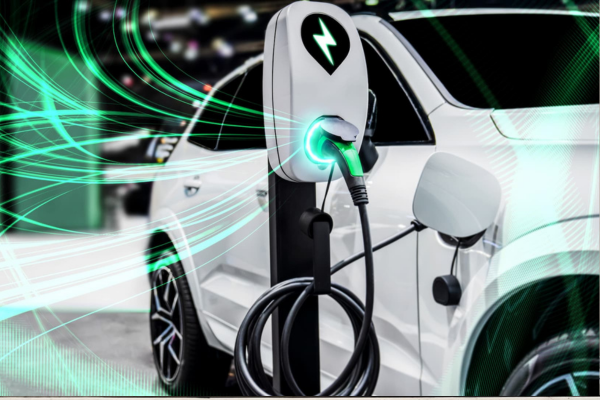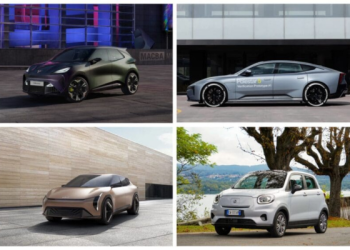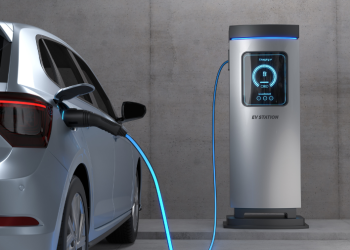The electric vehicle (EV) market, once shrouded in apprehension due to inflationary pressures and concerns over charging infrastructure, is proving its resilience in the face of adversity. While some have sounded alarms of a slowdown, recent data paints a picture of continued expansion, albeit at a more sustainable pace.
In 2021, EV sales witnessed an unprecedented surge, more than doubling their figures from the previous year. Despite a moderation in growth rates since then, 2023 still saw a remarkable 35% increase in global electric car sales, a testament to the enduring allure of electric mobility.
However, major automakers such as Ford and Audi had to recalibrate their production targets for 2024, acknowledging that initial expectations may have been overly ambitious. Yet, beneath the surface lies a market that remains robust and promising.
Global sales surge in January
The momentum of EV sales has carried over into the new year with remarkable vigour. January 2024 marked a milestone as over 1.1 million EVs were sold worldwide, a staggering increase from the 660,000 units sold during the same period in the previous year. This represents a remarkable 69% year-over-year growth, significantly outpacing the average growth rate observed in 2023.
Breaking down the figures by region, China emerges as the primary driver of EV sales, nearly doubling its sales from the preceding year. China’s commitment to fostering its EV industry through substantial government incentives has propelled it to the forefront of the global market. By the end of 2023, EVs accounted for a substantial one-sixth of China’s entire vehicle market.
Contrastingly, the United States, while experiencing slightly slower growth compared to its peak in 2022, still demonstrated a robust 41% year-over-year growth in January. This growth underscores the growing acceptance and adoption of electric vehicles across diverse consumer segments in the U.S.
Charting a greener path forward
Looking ahead to 2024, analysts project global EV sales growth to settle between 25-30%, with North America expected to see a particularly robust increase of 32%. This optimistic outlook is buoyed by a series of initiatives aimed at addressing key challenges facing the EV market.
One such challenge is the expansion of the charging infrastructure, a crucial component for mass EV adoption. The Biden Administration’s commitment to bolstering the nation’s charging network through substantial investments is a promising development. With $623 million in grants allocated for the construction of public chargers, alongside the broader Bipartisan Infrastructure Law’s budget of $7.5 billion, significant strides are expected in enhancing accessibility to charging stations.
Since President Biden’s inauguration, the U.S. public charging network has expanded by an impressive 75%, nearing a total of 170,000 chargers. Furthermore, the administration has set ambitious targets, aiming to reach at least 500,000 chargers nationwide by 2030.
Conclusion
Despite initial apprehensions and adjustments in production targets by automakers, the EV market continues to demonstrate resilience and growth potential. With sustained expansion in global sales, bolstered by proactive measures to address infrastructure challenges, 2024 is poised to be another milestone year for electric mobility.
Read more on Honda partners Nissan to compete against Tesla, BYD, other EV rivals





















